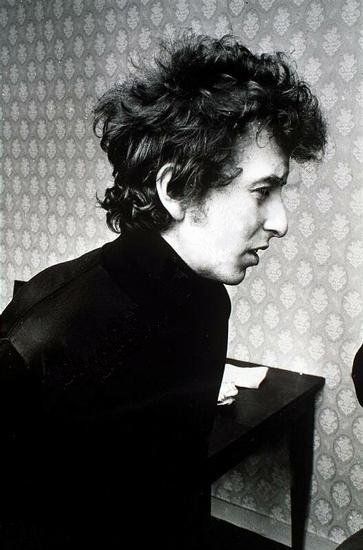In the summer of 1987, a small record store in upstate New York got an unexpected visitor. Bob Dylan, dressed in a worn denim jacket and a faded cap, walked in quietly, browsing the dusty shelves like any other customer. The owner, a lifelong fan, was thrilled but tried to keep the moment low-key.
A few minutes later, a young man approached Dylan with a pristine copy of The Freewheelin’ Bob Dylan, asking politely if he could sign it. Dylan looked at the record for a long moment, then shook his head gently.

It wasn’t anger. It wasn’t arrogance. It was something else.
The young man, confused, stepped back. Dylan picked up the album and ran his fingers over the cover — the iconic image of him and Suze Rotolo walking arm in arm through the snowy streets of Greenwich Village. “This… belongs to a different time,” Dylan finally said. “Signing it now… it wouldn’t be right.”
He explained quietly that the album captured a chapter of his life that was deeply personal — one that no longer belonged to the public stage. To put his name on it now, decades later, would feel like rewriting that chapter with a different hand.
The young man walked away disappointed, but with a strange respect for the man who had just refused him. Years later, he would tell the story not as a tale of rejection, but of an artist fiercely protective of the truth behind his own work.